HOMER Grid software now models EV charging stations
Green Car Congress
JUNE 16, 2020
The new capability helps users design optimal renewable energy and storage systems to reduce utility costs—especially demand charges—of electric vehicle charging. The solution is to co-locate renewables and storage with charging infrastructure.


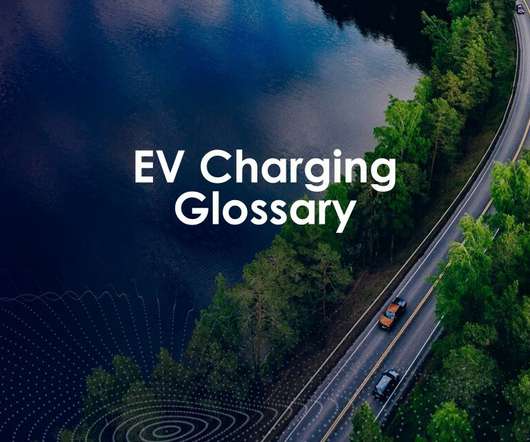
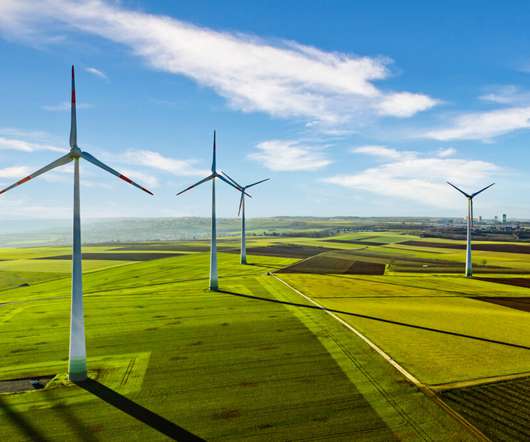
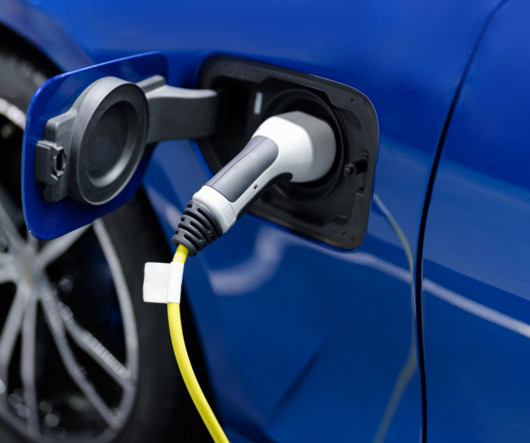
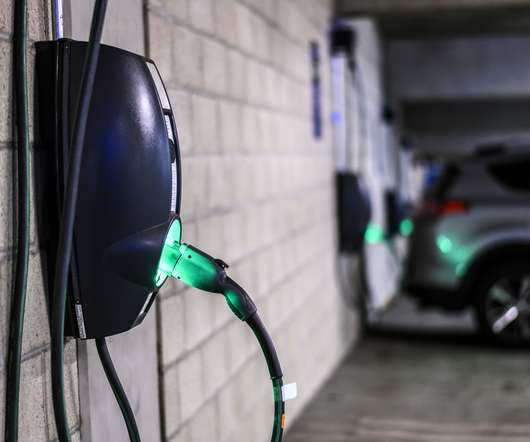
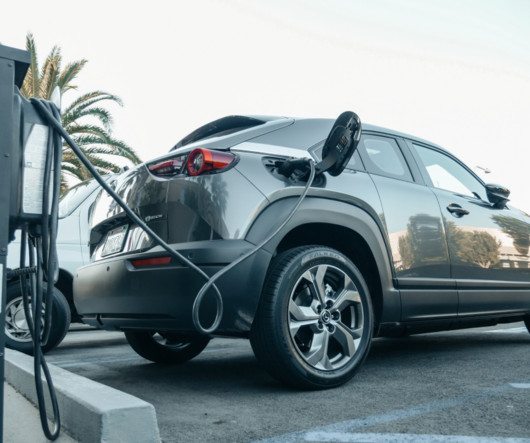
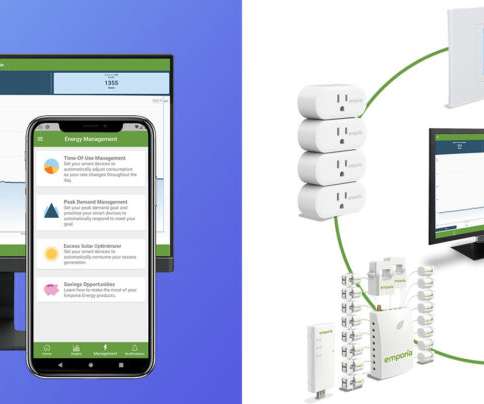






Let's personalize your content